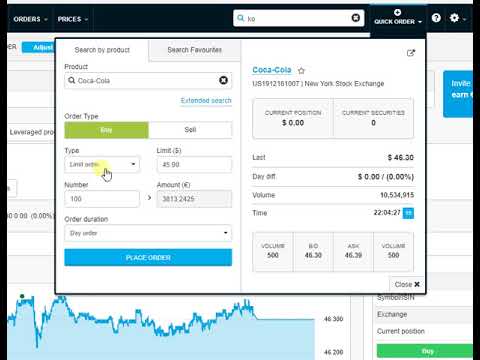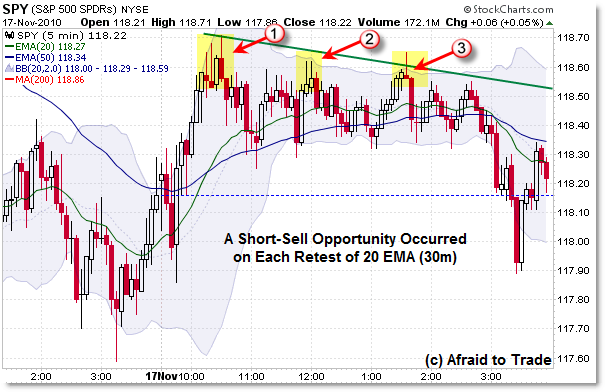
This can be in the form of trade accounts payable or loans payable. If you pay the loan in full, you’ll receive the deed and own the property outright. If you refinance the debt, your new creditor will pay off the original loan, and the original creditor will transfer the deed to the new one. If you sell the home, the buyer will pay off your loan with cash or a loan of their own, at which point your creditor will transfer the deed to the buyer or their creditor. Opposite of the debtor in a credit relationship is the creditor. Other terms for creditor include lender, lessor and mortgagee.

They expect the principal plus interest amount back when their loan has been paid off. Since businesses give credit to their consumers and pay their suppliers on delayed payment terms, nearly every business is both a creditor and a debtor. The only time a company or individual is neither a creditor nor a debtor is when all transactions are paid in cash. Nearly every business is both a creditor and a debtor, since businesses extend credit to their customers, and pay their suppliers on delayed payment terms. The only situation in which a business or person is not a creditor or debtor is when all transactions are paid in cash.
NCERT Solutions for Class 11 Commerce Accountancy Chapter 1 – Introduction To Accounting
A creditor, in other terms, makes a loan to another person or institution. Business transactions, at their simplest, have two parties involved, the debtor and the creditor. In short, a creditor is someone who lends money, whereas a debtor is someone who owes money. Creditors extend the loan or credit to a person, organisation, or firm. At the same time, debtors take the loan and, in return, have to pay back the money within the given time frame with or without interest. To ensure the smooth flow of the working capital, the company keeps tracking the time lag between the receipt of payment from the debtors and payment to creditors.
A collector is an important part of many businesses because it’s what keeps your company running. If nobody paid off their debt to you, your business would go bankrupt. When Alpha Company lends money to Charlie Company, Alpha becomes the creditor, while Charlie becomes the debtor. Charlie Company is the creditor and Alpha Company is the debtor if Charlie Company sells items to Alpha Company on credit.
Join PRO or PRO Plus and Get Lifetime Access to Our Premium Materials
Fixed Assets− These are those assets that are hold for the long term and increase the profit earning capacity and productive capacity of the business. These assets are not meant for sale, for example, land, building machinery, etc. Accounting
information required by the long term lenders are repaying capacity
of the business, profitability, liquidity, operational efficiency,
potential growth of business, etc.
An entity that provides credit is in the business of selling goods or services, with credit extension serving as an afterthought. To remain competitive in the marketplace, it may be important to extend credit. Intangible Assets− Assets that cannot be seen or touched, i.e. those assets that do not have physical existence, are intangible assets; for example, goodwill, patents, trade mark, etc.

Unsecured creditors, on the other hand, do not require any collateral from their borrowers. Unsecured creditors have a general claim on a debtor’s assets in the event of bankruptcy, although they are usually only allowed to seize a tiny fraction of the assets. As a result, unsecured loans are regarded as riskier than secured loans. The creditor typically requires collateral and/or a personal guarantee from the debtor, as well as loan covenants.
Where are bad and doubtful debts recorded?
The role of accounting has been changing over the period of time. The role of accounting in the modern world are given below. External
users of information are the individual or the organisations that
have direct or indirect interest in the business firm; however, are
not a part of management. They do not have direct
access to the internal data of the firm and uses published data or
reports like profit and loss accounts, balance sheets, annual
reports, press releases, etc. Some examples of external users are
government, tax authorities, labour unions, etc.

If the accounting information is not clearly presented, then the qualitative characteristics like, comparability, reliability and understandability, are violated. This is because if the accounting information is not clearly presented, then meaningful comparison may not be possible, as the data is not trustworthy, which may lead to faulty conclusions. State the
nature of accounting information required by long-term lenders. NCERT Solutions for Class 11 Commerce Accountancy Chapter 1 Introduction To Accounting are provided here with simple step-by-step explanations. All questions and answers from the NCERT Book of class 11 Commerce Accountancy Chapter 1 are provided here for you for free.
What Is The Difference Between a Debtor and a Creditor?
The written down value method is a tool to evaluate the depreciation in a company’s fixed asset to determine the correct valuation of the asset’s value. Lastly, Tax accounting involves the preparation of tax returns and payment of taxes. They can be classified into – Financial Accounting, Managerial Accounting, Cost accounting, Internal accounting and Tax accounting.
In accounting reporting, creditors can be categorized as current and long-term creditors. The debts are reported under current liabilities of the balance sheet. Debts of long-term creditors are due more than one year after and are reported under long-term liabilities. While purchasing goods on credit a buyer may not make the payment immediately instead both the seller and buyer may enter into a lending & borrowing arrangement. Even though payment terms are mutually agreed upon there is still a difference between debtors and creditors. Whereas debtor is also derived from the Latin word “debra,” which means “to owe,” and it is the party who must pay money to the first party (creditors).
It is normally categorised into gross profit or net profit. It increases the owner’s capital as it is added to the capital at the end of each accounting period. For example, goods costing Rs 1, 00,000 is sold at Rs 1,20,000, then the sale proceeds of Rs 1,20,000 is the revenue and 1,00,000 is the expense to generate this revenue. Hence, accounting profit of Rs 20,000 (i.e. Rs 1,20,000 − Rs 1,00,000) is the difference between the revenue and expense that is earned by the business. Persons or organisations to whom the firm is liable to pay money are called creditors.
Explain the qualitative characteristics of accounting information. They are shown as assets in the Balance sheet under Current Assets. Experian websites have been designed to support modern, up-to-date internet browsers. If you are currently using a non-supported browser your experience may not be optimal, you may experience rendering issues, and you may be exposed to potential security risks.
- The only situation in which a business or person is not a creditor or debtor is when all transactions are paid in cash.
- The creditor lends money, extends credit, or provides goods or services with the expectation of being repaid by the debtor.
- For example, a company may borrow funds to expand its operations (i.e., be a debtor) while it may also sell its goods to the customers on credit (i.e., be a creditor).
- The world of finance and business is filled with a variety of terms that can often be confusing.
- The concept of supplier is more commonly found in B2B chains.
Historical functions deal with the record of past transactions, whereas managerial functions deal with preparing business operation reports. If Alpha Company lends money to Charlie Company, Alpha takes on the role of the creditor, and Charlie is the debtor. Similarly, if Charlie Company sells goods to Alpha Company on credit, Charlie is the creditor and Alpha is the debtor. This can be in the form of loans payable or trade accounts payable. Fictitious Assets− These are the heavy revenue expenditures, the benefit of whose can be derived in more than one year. They represent loss or expense that are written off over a period of time, for example, if advertisement expenditure is Rs 1,00,000 for 5 years, then each year Rs 2,00,000 will be written off.
This procedure ensures that a corporation receives payments from its debtors and makes timely payments to its creditors. As a result, the company’s liquidity does not degrade, and the risk of default does not rise. Revenues− Revenues refer to the amount received from day distinguish between debtors and creditors class 11 to day activities of the business, likesale proceeds of goods and rendering services to the customers. Rent received, commission received, royalties and interest received are considered as revenue, as they are regular in nature and concerned with day to day activities.
Key Developments in Canadian Insolvency Case Law in 2022 … – JD Supra
Key Developments in Canadian Insolvency Case Law in 2022 ….
Posted: Wed, 12 Jul 2023 07:00:00 GMT [source]
This is due to the fact that the quantity of loaned cash might be fairly substantial, putting the creditor at significant risk of loss over a potentially long period of time. A company that lends money is likely to exist purely for the purpose of lending money. The primary difference between a debtor and a creditor is that both terms refer to two parties involved in a lending transaction. The company’s debtors are listed as assets on the balance sheet, whereas the company’s creditors are listed as liabilities.
You will also love the ad-free experience on Meritnation’s NCERT Solutions. All NCERT Solutions for class 11 Commerce Accountancy are prepared by experts and are 100% accurate. Example – Unreal corp. purchased 1000 kg of cotton for 100/kg from vendor X. The total invoice amount of 100,000 was not received immediately by X.